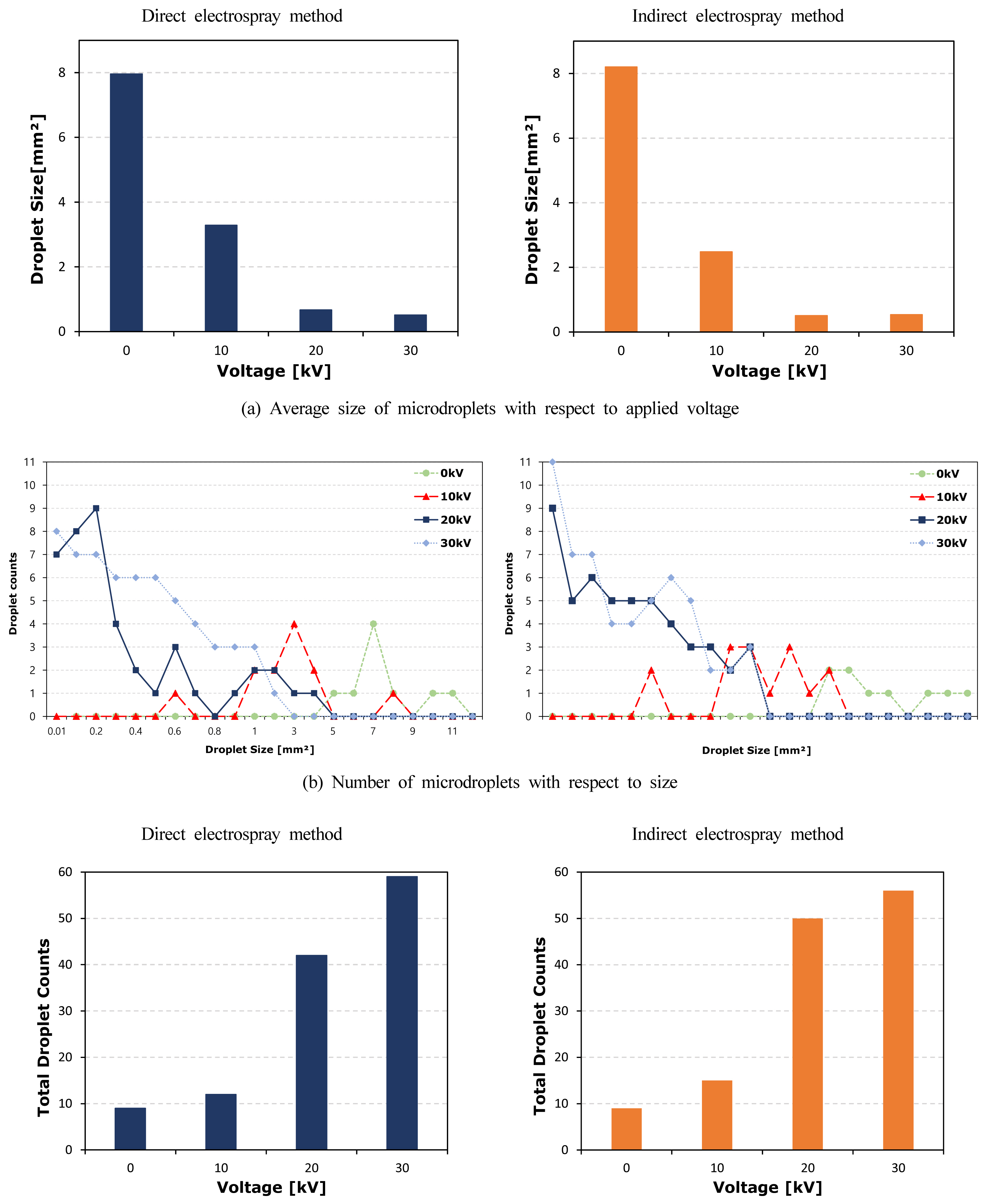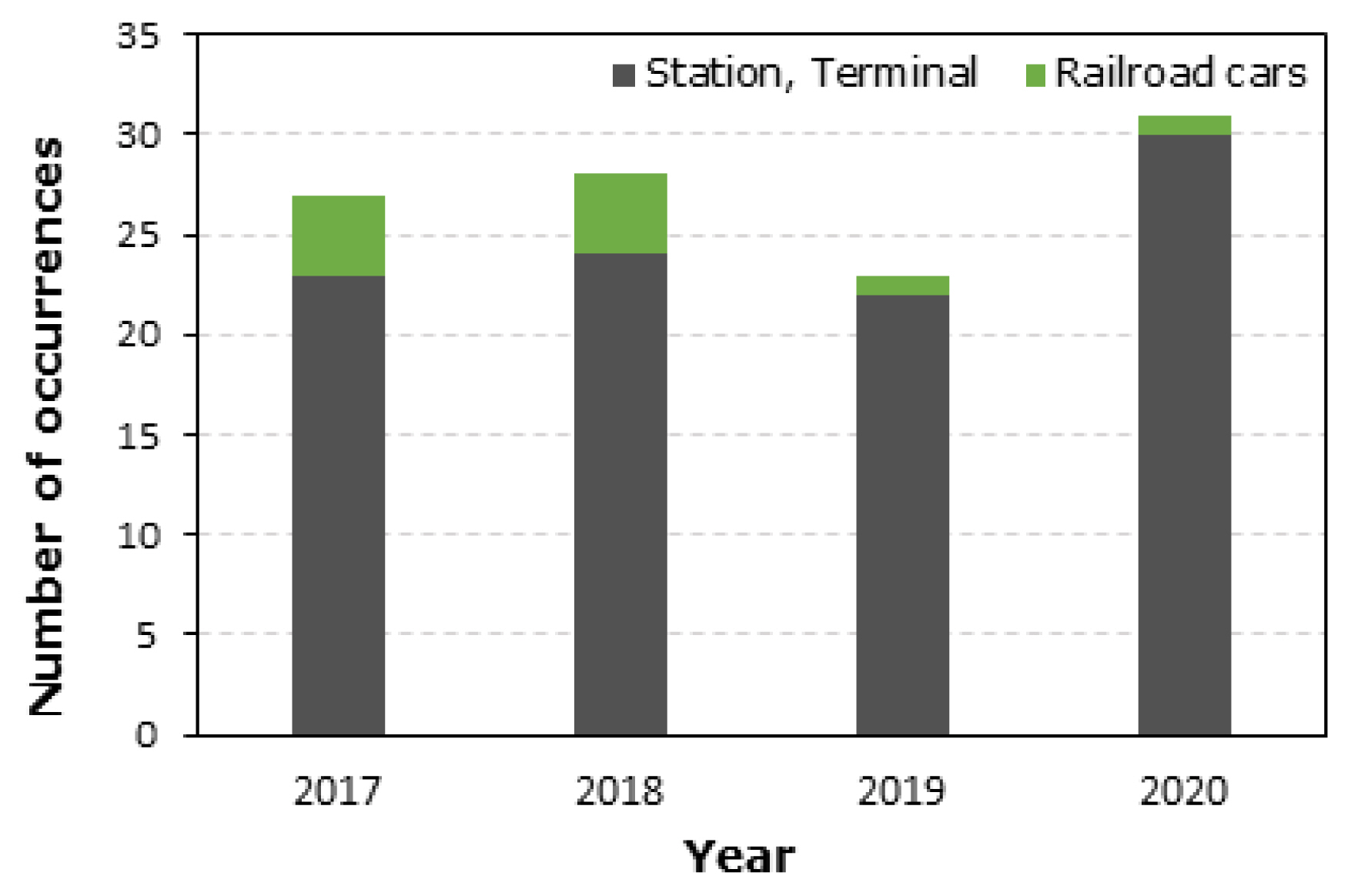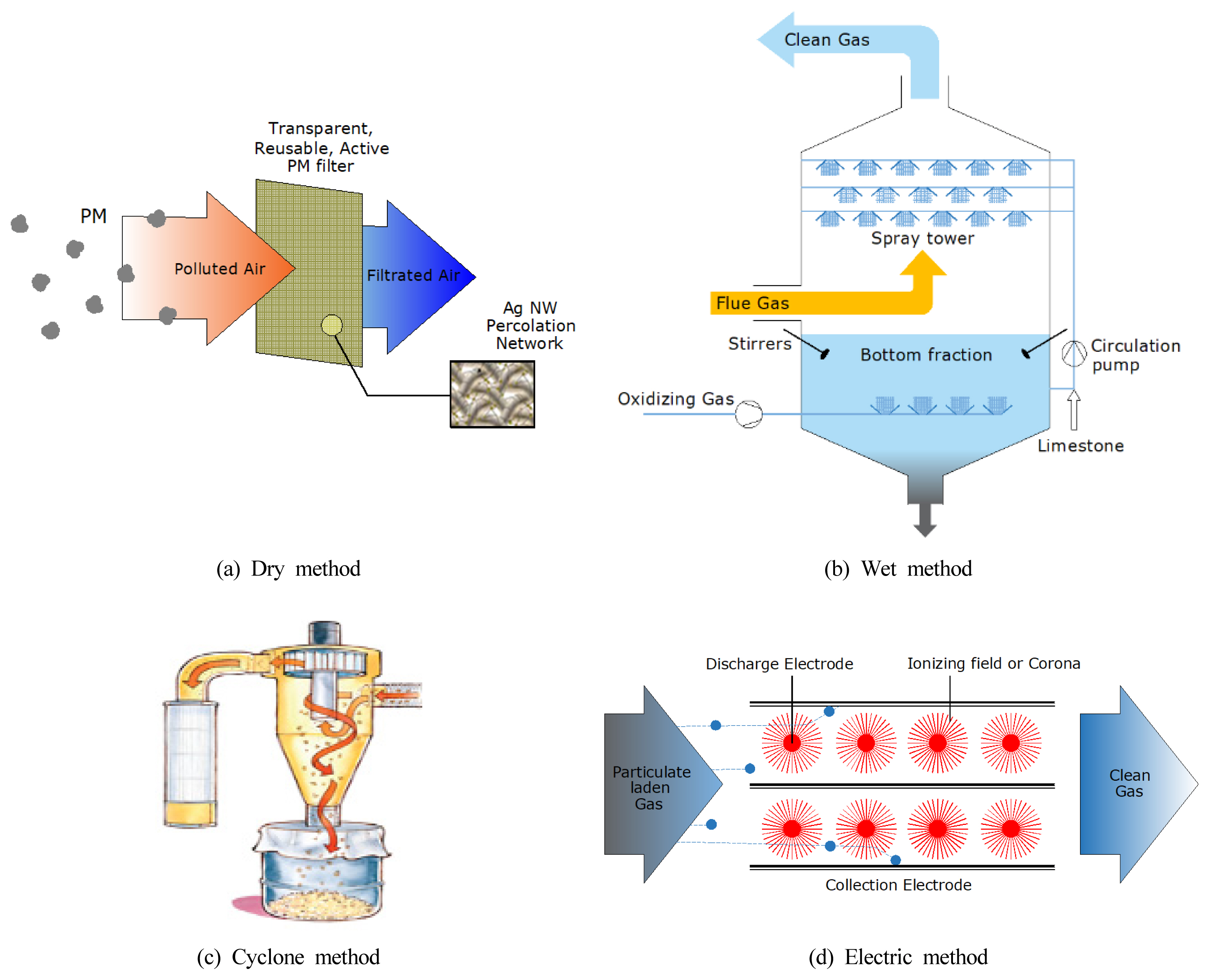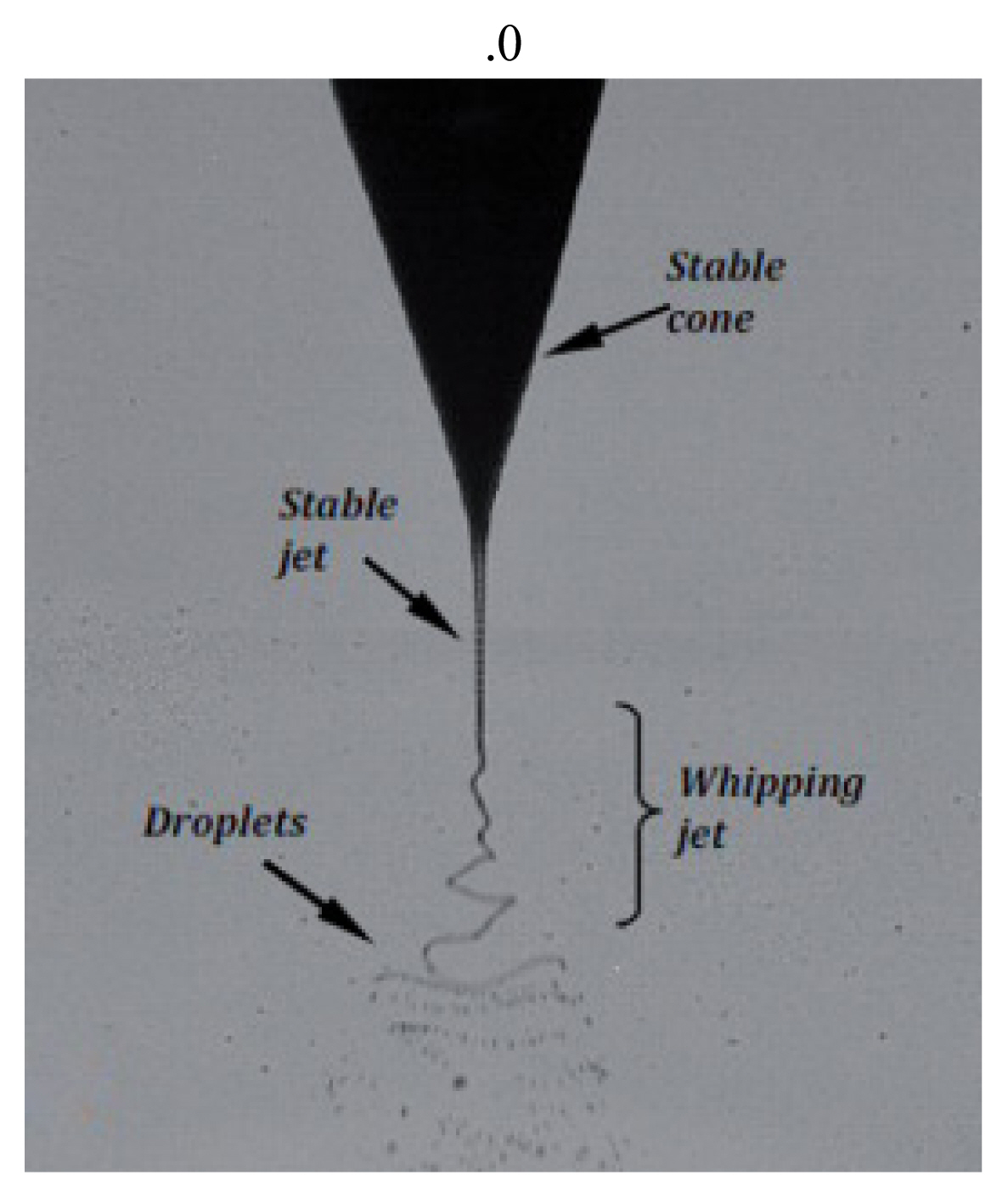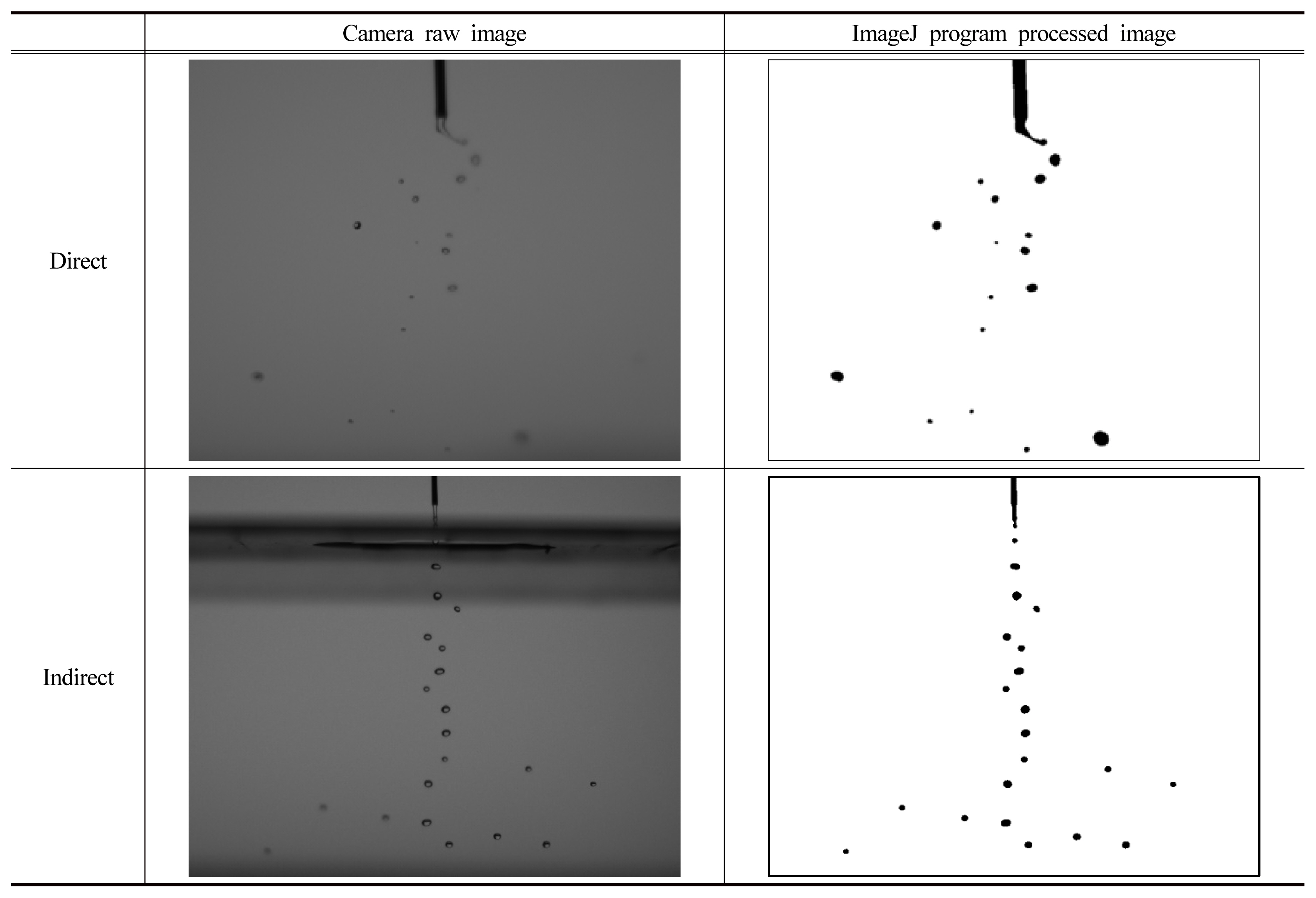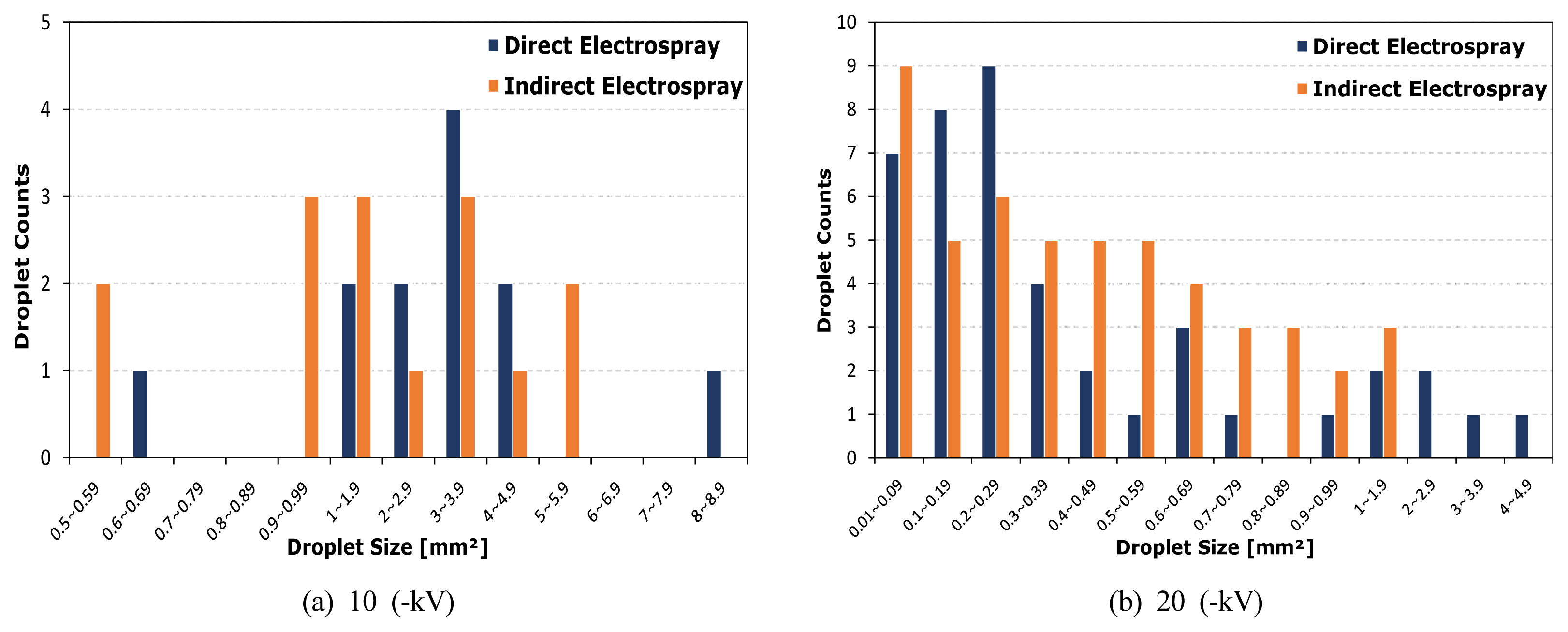1. H. G. Kim, D. S. Baek and Y. H. Yoo, “Numerical Study on the Improvement Heat and Smoke Control System in Old Subway Station on Train Fire”, Fire Science and Engineering, Vol. 31, No. 3, pp. 88-96 (2017),
https://doi.org/10.7731/KIFSE.2017.31.3.088
.

2. J. K. Park, “(A)study on the Development of Risk Management Information System on Underground Space”, Master Thesis, Kwangwoon University (2003).
4. H. S. Lee, “Dust Explosion Prevention in the Plastics Industry”, Fire Science and Engineering, Vol. 6, No. 1, pp. 55-64 (1992).
6. O. S. Han, G. W. Lee, D. H. Seo and J. S. Lee, “Study on Prevention and Improvement of Fires and Explosions in Dust Collection Process”, KOSHA 2018-30, Korea Occupational Safety and Health Agency (2018).
7. National Fire Agency 119, Fire Occurrence Status by Location for Ignition Factors, (2017-2020).
8. C. Ehrlich, G. Noll, W.-D. Kalkoff, G. Baumbach and A. Dreiseidler, “PM10, PM2.5 and PM1.0-Emissions from Industrial Plants-Results from Measurement Programmes in Germany”, Atmospheric Environment, Vol. 41, No. 29, pp. 6236-6254 (2007),
https://doi.org/10.1016/j.atmosenv.2007.03.059
.

9. J. H. Lee, S. H. Im, J. H. Kim and H. Y. Song, “Technology Trend for Particle Matter Reduction”, Electronics and Telecommunications Trends, Vol. 34, No. 2, pp. 83-91 (2019),
https://doi.org/10.22648/ETRI.2019.J.340209
.

12. S. M. Jeong, H. M. Cho, S. G. Han, P. L. Won, H. B. Lee, S. J. Hong, J. Y. Yeo, J. H. Kwon and et al, “High Efficiency, Transparent, Reusable, and Active PM2.5 Filters by Hierarchical Ag Nanowire Percolation Network”, Nano Letters, Vol. 17, No. 7, pp. 4339-4346 (2017),
https://doi.org/10.1021/acs.nanolett.7b01404
.


13. N. Sushma, B. Smriti, S. Kunal and S. W. Jaskaran, “Environmental Pollution, Its Causes and Impact on Ecosystem”, New Frontiers of Nanomaterials in Environmental Science, pp. 1-22 (2021),
https://doi.org/10.1007/978-981-15-9239-3_1
.

14. J. W. Choi, “Ultraclean Platform Development for Simultaneous Removal of PM/NOx/SOx and Its Performance Validation”, “KIER 2020”, -12 Korea Institute of Energy Research (2020).
16. A. Ralph, “Wet Electrostatic Precipitation Demonstrating Promise for Fine Particulate Control - Part I”, Power Engineering, Vol. 105, No. 1, pp. 37-39 (2001).
17. S. Y. Kim, “Study on High-Performance Electrospray Electrostatic Precipitator for Ultrafine PM Removal”, Chung-Ang University, School a master’s thesis, Korea, Seoul, pp. 2021.
18. I. Y. Park, W. S. Hong, S. B. Kim and S. S. Kim, “Experimental Investigations on Characteristics of Stable Water Electrospray in Air without Discharge”, Physical Review E, Vol. 95, No. 6, pp. 063110(2017),
https://doi.org/10.1103/PhysRevE.95.063110
.


19. A. M. Gañan-Calvo, “The Size and Charge of Droplets in the Electrospraying of Polar Liquids in Cone-Jet Mode, and the Minimum Droplet Size”, Journal of Aerosol Science, Vol. 25, No. 1, pp. 309-310 (1994).

21. K. T. Kim, “Effects of the External Electric Field on Elec-Trospray Characteristics”, “Master Thesis”, Korea advanced Institute of Science and Technology (2003).
22. J. Fernández De, La Mora and I. G. Loscertable, “The Current Emitted by Highly Conducting Taylor Cones”, Journal of Fluid Mechanics, Vol. 260, pp. 155-184 (1994),
https://doi.org/10.1017/S0022112094003472
.



